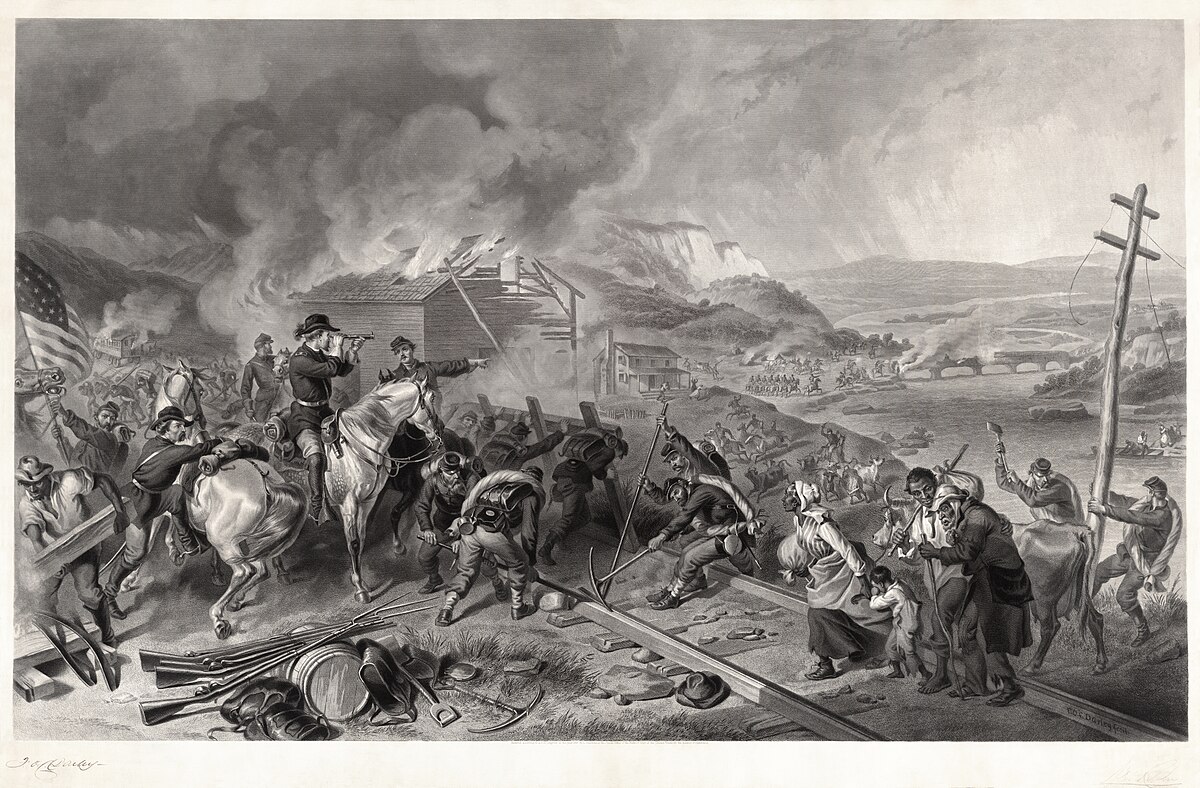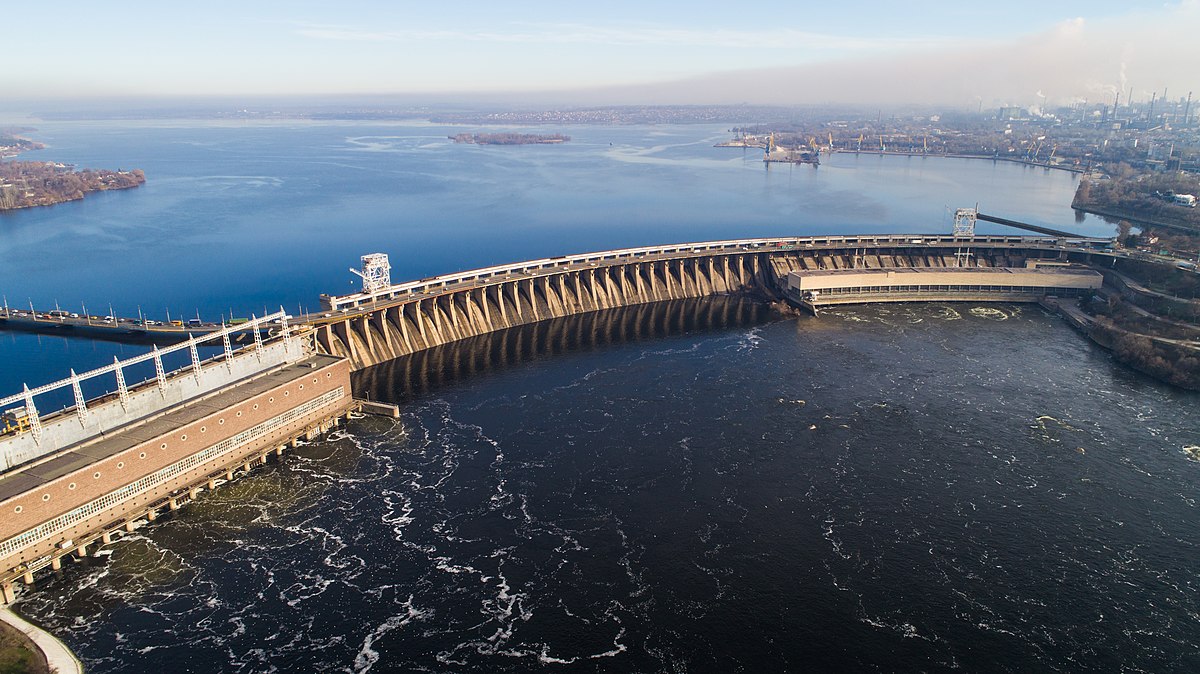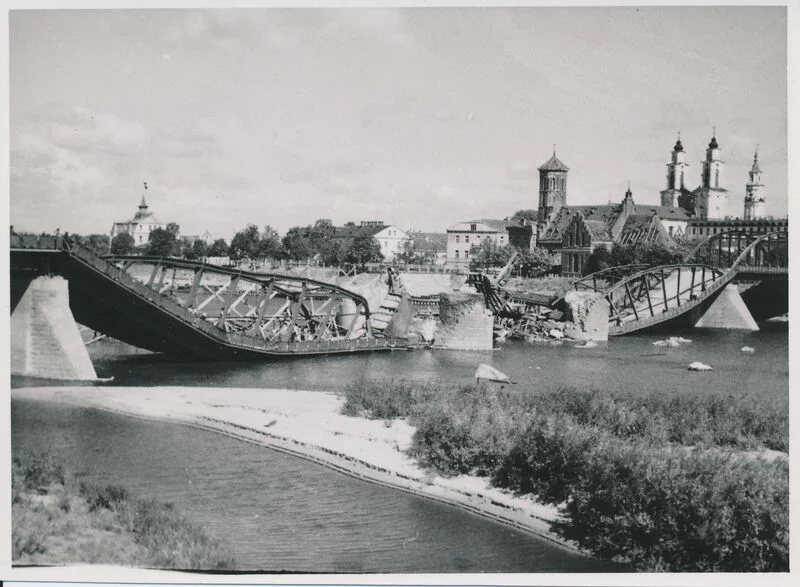So for me the discussion is over.
Eng
Follow along with the video below to see how to install our site as a web app on your home screen.
Note: This feature may not be available in some browsers.
Ad: This forum contains affiliate links to products on Amazon and eBay. More information in Terms and rules
So for me the discussion is over.
The book also refers to that fact. The history of the production of synfuel is also highlighted there. At the end of the day, it's about this: Hitler thought before the war that he would have achieved self-sufficiency by producing synfuel. It quickly turned out that this was a mistake and that he and his allies were dependent on Romania. However, Romania was a country that was very easily defeated 20 years earlier. In 1940 Romania handed Moldova over to the USSR, almost without a fight. This gave the "Romania question" central importance. The war could only be won with Romanian oil. War with the USSR was only a matter of time for ideological reasons. In the end, there's no denying that 1940 was the only year the Axis didn't suffer from severe energy problems.
The Red Ball express is in no way comparable to Wehrmacht capabilities on the Russian front. France had roads Russia did not. The US was able to run 10 ton semitrailers over French roads which was impossible in the East. The terrible conditions on the Eastern Front was why the Germans built thousands of Maultiers and RSOsAllied range with Trucks
View attachment 722093
It cannot be over, you keep discussing things. I note that a man serving on a ship in the Pacific and another who served in an armoured division are considered impeccable sources on the world's oil supply during the war, at least Goralski worked in the oil industry. Thanks for the oil production, confirming the figures I have already given. Not surprising when you look at the authors.Which part of "the discussion is over" didn't you understand? I am not reading that wall of text. I chose to believe officers of the US military over a dude on the internet. Sorry!
The one who claims everyone is wrong is the one that receives the most corrections. And as noted the data is also the graph you declared misleading.You know it all and everybody is wrong. I am the crazy one here. I understood. Now stop posting your walls of text, because I am not reading them.
And I noted the issues created by not including more of the text.It took me a long time to post excerpts from a book and I believe that this is what happened.
Which duplicated data already provided, some of which you ruled misleading.If somebody is interested how much oil Germany got from it's main source in western Germany, how much they imported and so on, there you go, I provided some tables.
There is quality of the reference then there is quality of use of the reference.Just some info on the book Oil&War. Many books contain bad information, so therefore it is legitimate to ask oneself which quality requirements a book fulfills.
Apart from 1939? Anyway the quotes being extracted from Oil and War show problems at a tactical level, not overall fuel supply as the unquoted material around these quotes show, the extra material also shows how rubber and (working) vehicle numbers were also a problem.In the end, there's no denying that 1940 was the only year the Axis didn't suffer from severe energy problems.
I have, several times a while ago now, along with the USSBS report and lots of other fuel supply related material. That is why I know how big the difference is between what you claim the book says and what it actually says, plus some of the times there are simple errors. Part of dealing with someone who repeatedly, passionately claimed only the USAAF did any damage to German liquid fuel production, or did almost all of it, or would switch and claim the RAF failure to bomb more threw away the chance to end the war in Europe in 1944.I recommend just reading the book.
The new edition is dated 2021, given normal lead times that makes it finalised in 2020 or when the world decided staying at home was the done thing and world fuel consumption dropped, the current major energy problems started in Q2/2022.The Admiral, who wrote the foreword, points out that this book has been reprinted because it fits to the current situation. He is obviously referring to the current tensions between the US & Nato and major global energy suppliers.
Quite a major over statement and again no analysis of the data. At a strategic level the Germans did not suffer liquid fuel problems until mid 1944 and really towards Q3/44 as the summer battles were so critical Luftwaffe reserves were allowed to run down.If you think this book is providing bad information then it would be a national security threat. I assume that they only get the best in military history to read, so I don't doubt the validity.
It cannot be over, you keep discussing things.
I listed that to give an idea of scale, and as you point out, not even the USA with far more reliable vehicles, and more of them, could not continue it forever.The Red Ball express was a temporary expedient that only lasted 83 days. In that time the trucks were beaten to death and availablity became a huge problem. It is interesting to note that much of the cargo was only shipped as far as the Seine where it were trans loaded to the railways.
Really?2. Everyone always wants the last word…
For all the claims the US was so good at logistics, they couldn't even achieve what the Germans did with trucks over much worse infrastructure in Russia in 1941.I listed that to give an idea of scale, and as you point out, not even the USA with far more reliable vehicles, and more of them, could not continue it forever.
But they didn't have to, as the US Military Railway Service worked feverishly to restore rail lines and bridges, and repair damaged French locomotives and Rolling Stock as was slow to bring in US replacement locos and cars.
Really?
For all the claims the US was so good at logistics, they couldn't even achieve what the Germans did with trucks over much worse infrastructure in Russia in 1941.
Was that because the German performance was great? Or was it because the Soviet performance was terrible? People so often think the former and never seem to consider the latter might have contributed enormously to the early German success.
Probably a bit of both, Russia did pretty much collapse early on, people go on about Stalingrad and Kursk and forget that the Germans got within a few miles of the outskirts of Moscow.
You mean, getting pushed out of Russia?For all the claims the US was so good at logistics, they couldn't even achieve what the Germans did with trucks over much worse infrastructure in Russia in 1941.
Mostly the former. There was Soviet performance problems, but in terms of sheer numbers the Soviets had an absurd advantage over the Germans, which the Wallies also had when they were attack in 1944 across France. The Germans meanwhile had a numerical disadvantage in 1941 and a foe which ended up stronger at the end of the campaign than they were at the start of it, yet still pushed to the outskirts of the capital of their enemy while still at war with the British. The Wallies in 1944 had every possible advantage and still did worse than the Germans in 1941.Was that because the German performance was great? Or was it because the Soviet performance was terrible? People so often think the former and never seem to consider the latter might have contributed enormously to the early German success.
They weren't pushed out until 1944 and only then with massive American and British help. In 1941-42 they were advancing and inflicting millions of casualties. In 1941 alone they took around 3.5 million prisoners as they were advancing over shit infrastructure. France was a 1st world infrastructure nation, the USSR was 3rd world. Intact Soviet infrastructure was as bad as fighting in North Africa.You mean, getting pushed out of Russia?
The German advances were done over mostly intact Soviet* and French infrastructure
While US Troops may have gotten bored with the monotonous C and K Rations, they didn't have to dine on Dodge or GMC, or go without.
*yeah, the guage change was a delay, but easier than replacing hundreds of miles of wrecked RR Lines and Bridges and damaged/destroyed RR Rolling Stock and locos

When Germany attacked the Soviet Union in June 1941, many district governments took the initiative to begin a partial scorched-earth policy to deny the invaders access to electrical, telecommunications, rail, and industrial resources. Parts of the telegraph network were destroyed, some rail and road bridges were blown up, most electrical generators were sabotaged through the removal of key components, and many mineshafts were collapsed.

During World War II, the strategically important dam and plant was dynamited by retreating Red Army troops in 1941 after Germany's invasion of the Soviet Union. American journalist H. R. Knickerbocker wrote that year:[7]
The Russians have proved now by their destruction of the great dam at Dniepropetrovsk that they mean truly to scorch the earth before Hitler even if it means the destruction of their most precious possessions

The scorched earth policy and the formation of guerrilla units behind the German front lines, created severe problems for the German war machine which was trying to keep her three million soldiers supplied with the necessary food and ammunition.

No more than the Wallies were in September 1944 when they lost at Arnhem to a vastly more spent force, which was also trying to stave off collapse in the east, failed to capture Antwerp for months, and then got hung up on the Westwall until spring 1945. That despite Germany being spent, bombed into ruins, and fighting the Soviets with the bulk of their army. Somehow the US had to borrow 400 Shermans from the Brits to replace their losses and run out of infantry so had to pressgang clerks into combat roles and even let up on their racist segregation policies to get enough manpower.Yes, but by the time the Germans reached the outskirts of Moscow its force was spent.